Coloring for Beginners: A Comprehensive Guide to Coloring Books and Printables
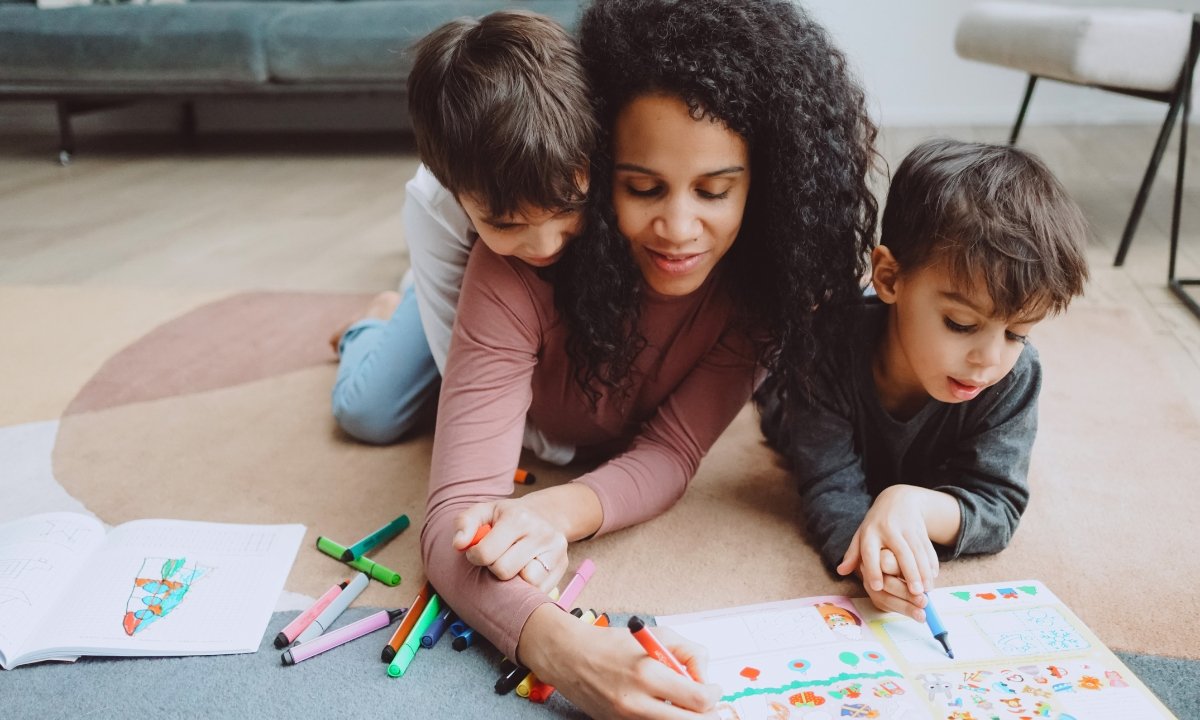
Coloring is not just child’s play, it is a creative, calming activity that anyone can enjoy.
It does not matter if you are a parent who wants to help their kids, a teacher who wants to incorporate art into the classroom, or maybe an adult who wants coloring for stress relief, in this guide we will help you to start.
We will explore the basic techniques, benefits of coloring, tools you need and tips for teaching coloring to your kids.
Let’s start!
Why Coloring? Benefits for Kids and Adults
Coloring offers benefits for kids and adults both. It is more than just filling in shapes with color.
For Kids
If you engage your kids in coloring then you will build their fine motor skills, and hand-eye coordination.
When they will grip the crayons or pencils and stay within the lines it will strengthen their hand muscles and improve dexterity.
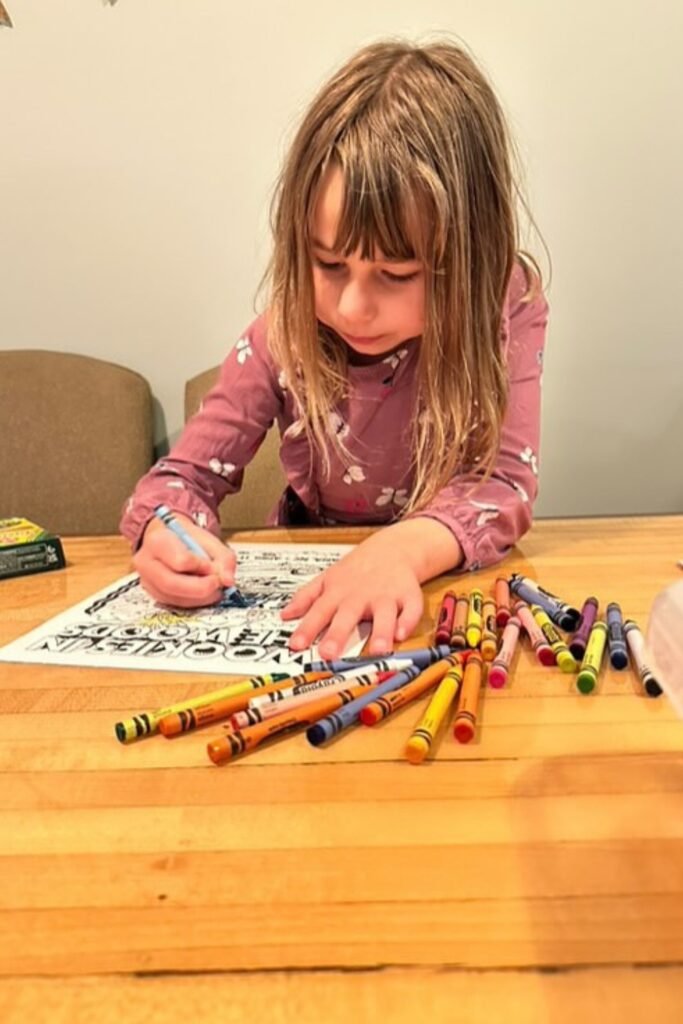
Coloring can also be helpful for focus and concentration, because your kids will learn how to pay attention to details and sustain attention on a task.
Furthermore it can stimulate creativity and imagination, that allow kids to experiment with colors and create their own little world.
For Adults
A huge trend has been seen in the recent past that many grown-ups have turned to coloring as a relaxing and stress-relieving hobby.
Coloring has a meditative effect – as you will focus on choosing colors and filling in designs that will help quiet the mind and be present in the moment.
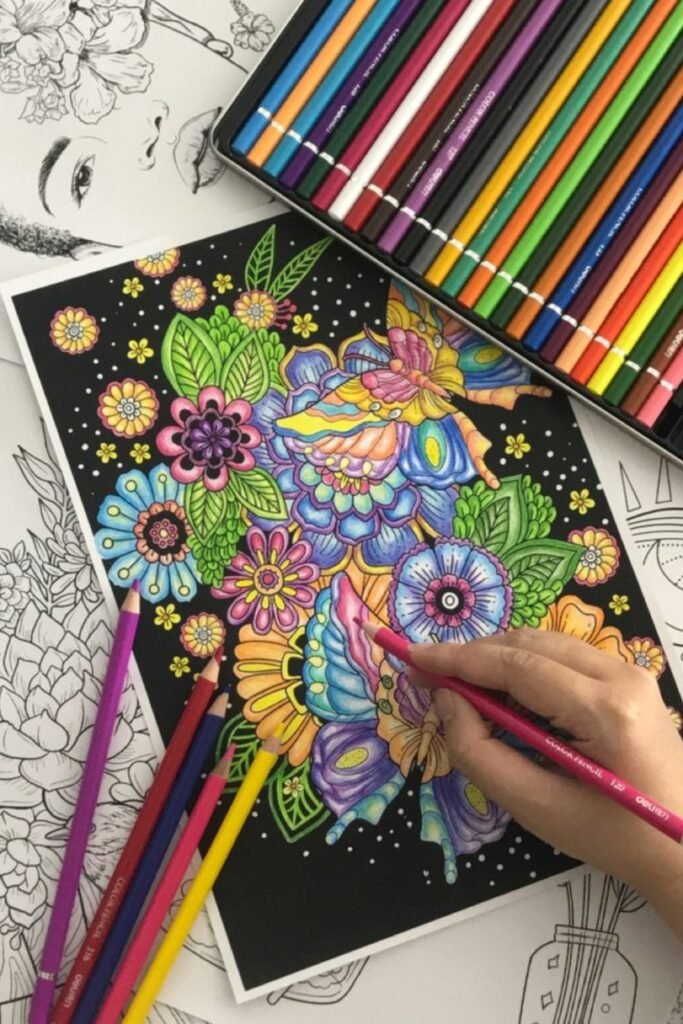
This mindfulness can reduce anxiety and stress and it is also supported by studies.
It calms the brain and relaxes the body, which can improve your sleep and reduce fatigue. But that’s not all, it is also a fun and creative activity.
It gives you permission to play with color, no artistic talent required. There is no pressure on you to perform and there is also no right or wrong way to color, so you can mess up.
Important Coloring Supplies
One great thing about coloring is that you don’t need any expensive tools or supplies, as it is a very affordable hobby.
Coloring Pages or Books
There are a lot of websites online that provide traditional coloring books and printable coloring pages.
As you are a beginner so the printable pages are a fantastic option for you, as they are most of the time available free and if you like any paid then it would be inexpensive.
As the printables are easily accessible online so you can simply print them at home.
If you make any mistake or want to try the page again with a different color then you can simply print another copy.
Colored Pencils
Colored pencils are the most beginner-friendly coloring tool that are highly recommended for those who are just starting out.
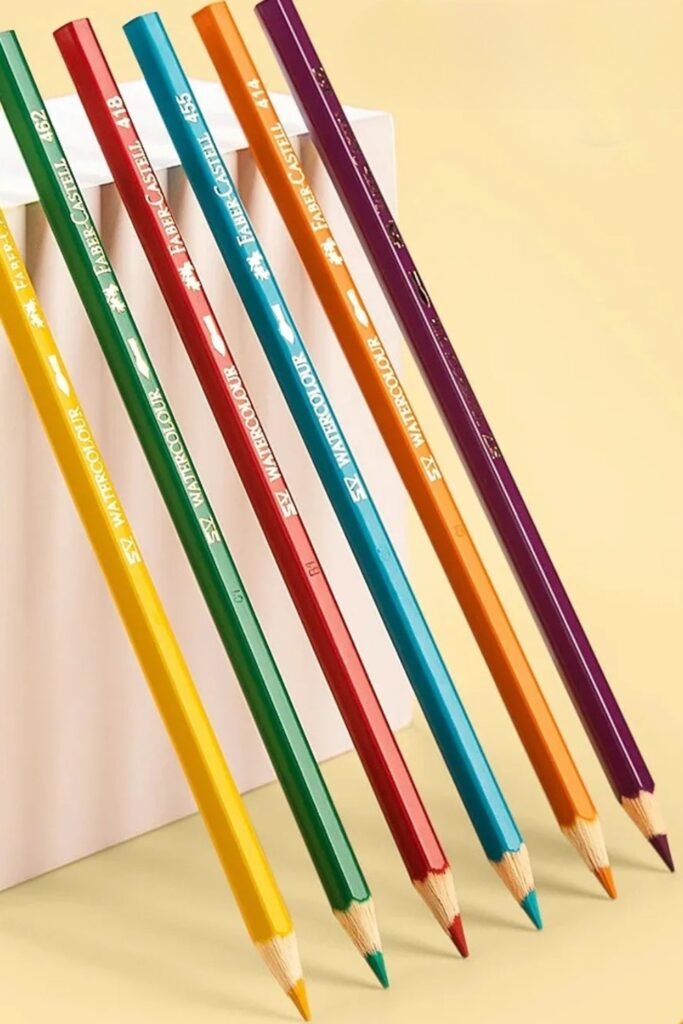
Pencils are easy to control, great for detailed areas, and versatile.
You can use simple techniques like color the page lightly or press harder for richer color, and with time you can learn simple shading and layering techniques.
Crayons
If you are working with young children then you must not overlook crayons. They are easy for small hands to grip and have a smooth, forgiving application.

Crayons are perfect for toddlers and preschoolers for learning color. When your kid will use crayons it will help to strengthen the muscles of hands and improve their grip.
Markers
Markers provide bold, vivid color and are very satisfying for filling in large areas.
Many of the adults love to use the markers for their coloring projects because of their rich pigment.
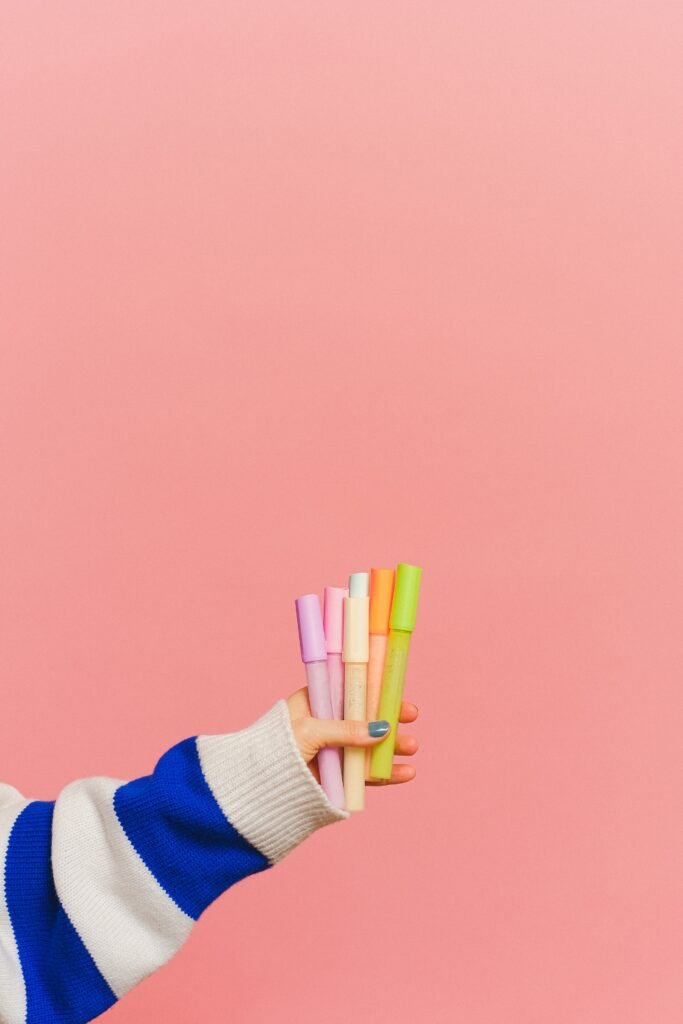
The best part is that you don’t have to press the marker too hard to get a richer color effect.
On the flip side you also have to put scrap paper under your coloring page to prevent bleeding through paper and ruin the next page.
Other Fun Tools
When you will learn the basics and become expert at some level you can try other coloring tools.
For example gel pens are popular for adding details, highlights, or a bit of sparkle. They work well on adult coloring patterns with small spaces.
Furthermore you can use watercolor pencils or paints on thicker coloring paper to create a beautiful effect.
Basic Coloring Techniques and Tips
Now once you have all of your selected supplies then it’s time to put color to paper.
Prepare your space
You have to find a comfortable, and well-lit area to color.
You must have to take care that there must be good lighting in that place because it will help you to see the true colors.
You have to set up a table or desk where you can sit upright; this will give you better control over your hand movements.
How to Hold and Control Pencils/Crayons
It may sound obvious, but how you hold your pencil or crayon can affect your coloring.
You have to grip it similarly as you hold a pen for writing, with a relaxed but controlled hold.
If you choke up too close to the tip or press too hard, your hand could cramp and your strokes will look tense. So, keep your wrist and finger loose.
But for the detailed sections you have to hold the pencil closer to the tip for precision.
For the larger areas you can hold the pencil a bit farther back this will let you use broader strokes and cover more area.
Stay Within the Lines
If you are a beginner (or guiding a child) and concerned about coloring neat, a helpful method is to outline first.
Take a colored pencil or crayon whatever you want and trace along the inside edges of the sections you plan to color.
This will create a border of color. Then you have to fill in the middle lightly. This outline will work as a buffer to help you stay inside the lines.
For your kids who are just starting you must choose a coloring page that is with big, bold outlines and large shapes because that will make it easier to color inside the lines.
Even Coloring (Avoid Streaks)
One common issue the most beginner face is uneven color or streaky pencil marks on the page.
To fix this you can use smaller, circular motions when you color the large areas, instead of long back-and-forth strokes in one direction.
If you try layering lots of tiny circles (or going in varied directions) that can help to cover white spots, blend lines and result in a smoother look.
If you do use straight strokes then you should try to alternate the directions to not get the obvious lines.
Shading 101
Once you learn or feel comfortable in filling areas with flat color, then you can try basic shading to add depth to your coloring.
A simple way to shade is to press a little bit harder with your pencil in the parts of a shape that you want to appear darker, and use lighter pressure in areas that would be highlighted.
You can also use two shades of the same color for example dark blue and a light blue. Color over the whole section with light blue first, then add the darker blue in the areas you want shadows.
How to choose colors?
The best part of the fun is picking the colors for your picture. There is no strict rule, this is where you get to be creative.
Most beginners are sometimes unsure about color schemes. A good starting point is to use the colors you love!
If you want guidance, you can look up simple color theory basics.
Some coloring books or pages might have suggested color palettes, but ultimately it is your art.
Pro Tip: Keep a spare piece of paper nearby to test colors before applying them to your artwork, especially to see how two colors look next to each other.
Conclusion
Coloring for beginners is truly about enjoying the journey of art rather than worrying about the destination.
So, with some basic supplies, a bit of practice, and the urge to play with color, anyone can dive into coloring.
FAQs
Which is the best color for beginners?
Blue is considered the ideal color for beginners. It is because of its calming and universally appealing properties.
Blue is most of the time associate with feelings of tranquility and focus that make it less overwhelming.
What do you need to start coloring?
You need crayons, colored pencils, markers or paints along with a suitable surface such as a coloring book, plain paper or canvas to start colouring.
These are some basic tools that are important if you want to just start but when with time you become a little bit more expert you can try gel pens too.
